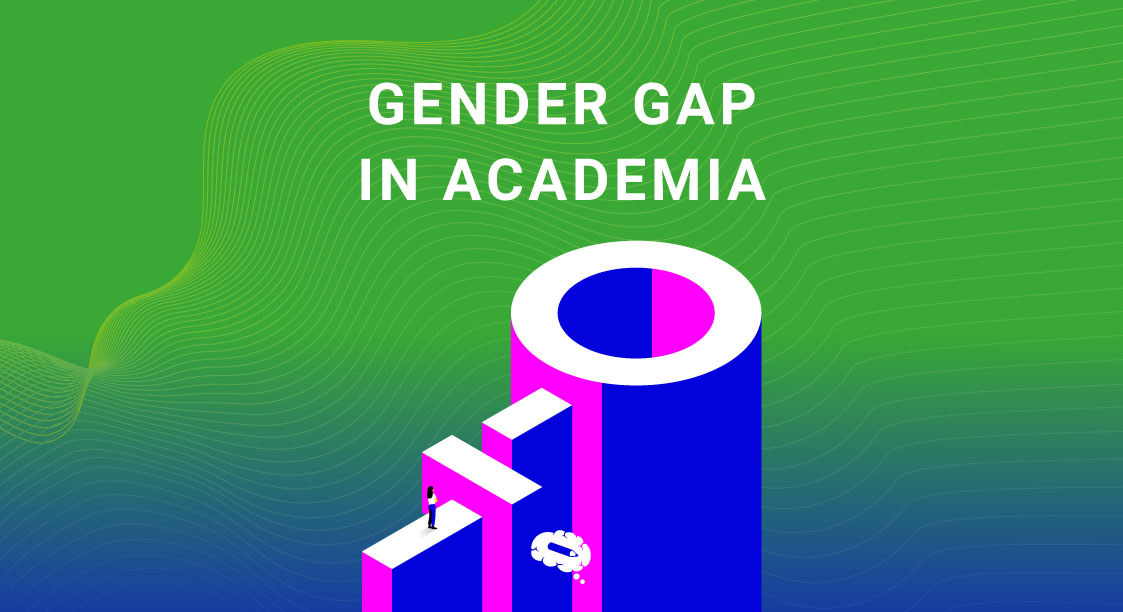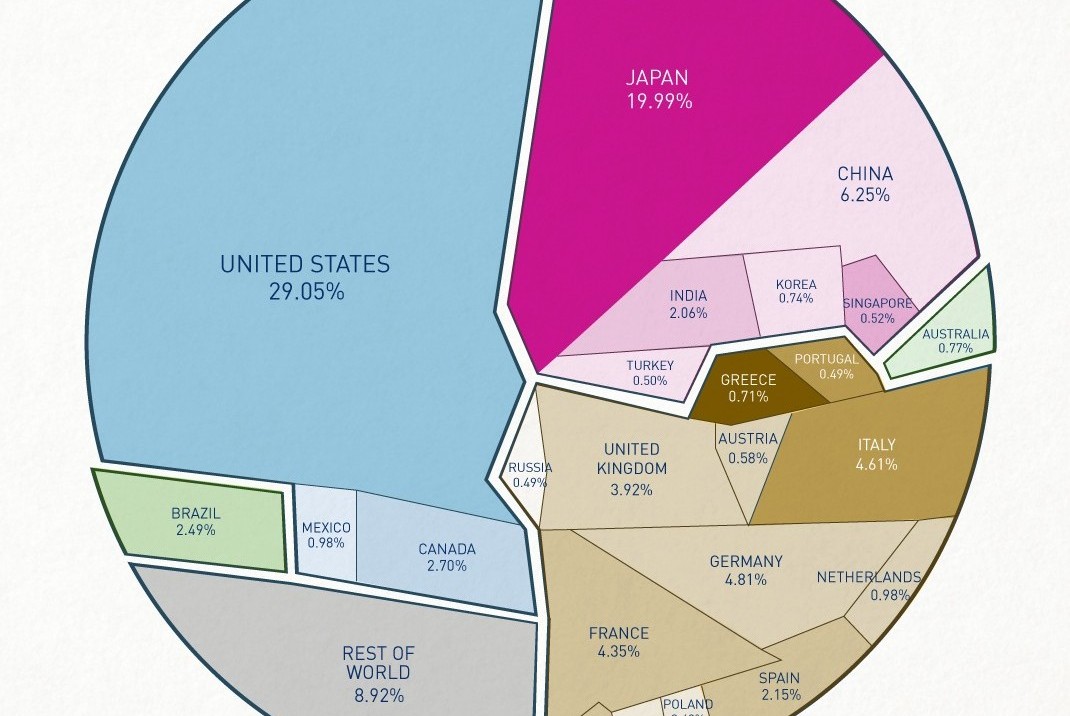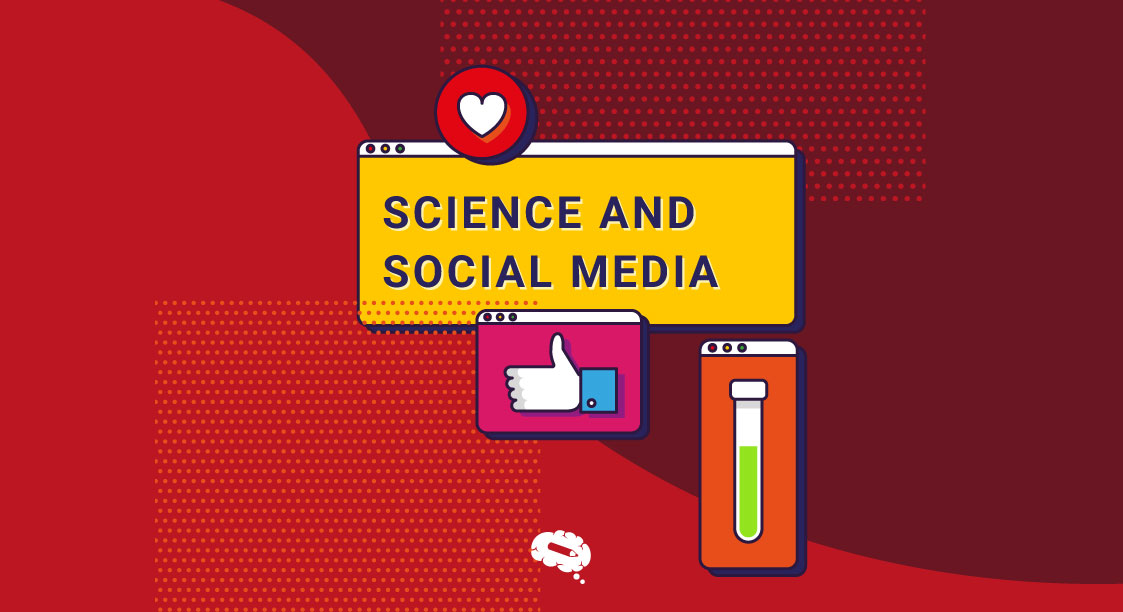Various research and discussions have been conducted in recent years about the gender gap in academia. While some women are becoming more prominent in science, technology, engineering, and mathematics (STEM) disciplines, there is still a vast disparity of women in many fields of academia.
There is a significant loss of potential talent and contributions to the academic community because of this gap, as well as a matter of fairness and equity. Unconscious bias, inadequate mentorship and networking opportunities, as well as stereotypes and societal expectations all pose challenges to women in academia.
Nevertheless, it’s important to note that this is a collective issue that everyone should address and solve, not just women. The key to addressing this gap is to understand the various barriers and obstacles that women face, as well as to develop and implement policies and programs that promote gender equity and inclusion.
What is the gender gap in academia?
A gender gap occurs in higher education and research as a result of unequal representation of women and men. The disparity in pay, promotion, and leadership opportunities is an example of this. The number of women in STEM (science, technology, engineering, and mathematics) disciplines is often underrepresented, and women are less likely to hold tenure-track positions or to be promoted to full professors.
There is also a pay and compensation gap between women and men, with women often earning less. In addition, university presidents, deans, and department chairs are disproportionately male. As a result of these gender gaps, the academic community as a whole suffers from a lack of diversity of approaches and ideas.
A great diversity of science illustrations awaits
Our science illustration gallery is known to be the largest in the world. A growing diversity of 65,000+ scientifically accurate illustrations in more than 80 study fields. Use MInd the Graph to create graphical abstracts, infographics, posters, slides, and many other designs to communicate your science visually to as many people as possible.
Why should research be gender balanced and more diverse?
It is necessary to conduct gender-balanced and more representative research in order to generate more innovative and robust results. Diversity brings a variety of experiences and perspectives that can enhance both creativity and output.
It is possible to uncover new insights and discoveries by bringing perspectives and ways of thinking from different backgrounds to the table. Due to this, researchers with distinct backgrounds can contribute fresh research results. Moreover, research that is diverse and inclusive will have a greater impact on a wider audience, which makes it more relevant to a wider audience.
Historically marginalized groups can also be negatively affected by a lack of diversity and gender balance in research and policy development. It is also possible for an increasingly diverse and gender-balanced research community to serve as a role model for future generations, motivating young people from underrepresented groups to pursue careers in science. For the advancement of knowledge and the betterment of society, gender balance and diversity in research are more than moral imperatives.
What is the best way to achieve gender equality in academia?
An interdisciplinary approach is necessary in order to achieve gender equality in academia. Implementing policies and programs that promote equity and inclusivity is a key way to address the gender gap in academia. By providing additional opportunities and resources for underrepresented groups, affirmative action can level the playing field.
The academic community often suffers from unconscious bias, which must also be addressed. Through education and training programs, students and colleagues can be made aware of how these biases can affect their decisions and interactions.
Women in decision-making positions
Academic women should also have access to mentorship and networking opportunities. Connecting women to senior female academics who are role models can serve as a means of supporting and guiding them, as well as providing key contacts and resources.
Moreover, flexible and supportive work environments are important for women who have both professional and personal responsibilities. Providing affordable childcare, flexible work schedules, and parental leave can be examples of this type of policy.
Transparency in the selection and promotion processes
A fair and objective selection and promotion process is also important in academia. Transparency in selection criteria, objective evaluation methods, and diversity and representation in search committees and promotion panels can assist in this process.
Gender equality is about us all
Finally, achieving gender equality in academia requires men to be engaged and involved in the conversation. Rather than being a women’s issue, gender equality should be a collective one addressed and solved by all of us. Men can play key roles in advocating for women’s rights, busting stereotypes, and promoting a culture of equality in institutions.
We NEED to talk about the gender gap in academia
A comprehensive and coordinated approach is needed to achieve gender equality in academia, which addresses the various barriers and obstacles women face. Our academic community can be made more gender-equal by adopting strategies that promote fairness, diversity, addressing unconscious biases, creating learning opportunities and collaborations, creating a work-life balance, implementing fair hiring and promotion policies, and increasing the participation of women.
You can make a huge impact with your work and get a lot of visibility
There is no doubt that infographics and illustrations can be powerful tools to help you convey complex information and have a positive impact on your work. Using them can help you gain a great deal of visibility and attention for your research, ideas, and insights, which is invaluable. Mind The Graph allows you to achieve this in just a few clicks, so don’t wait and let’s get started!

Subscribe to our newsletter
Exclusive high quality content about effective visual
communication in science.




